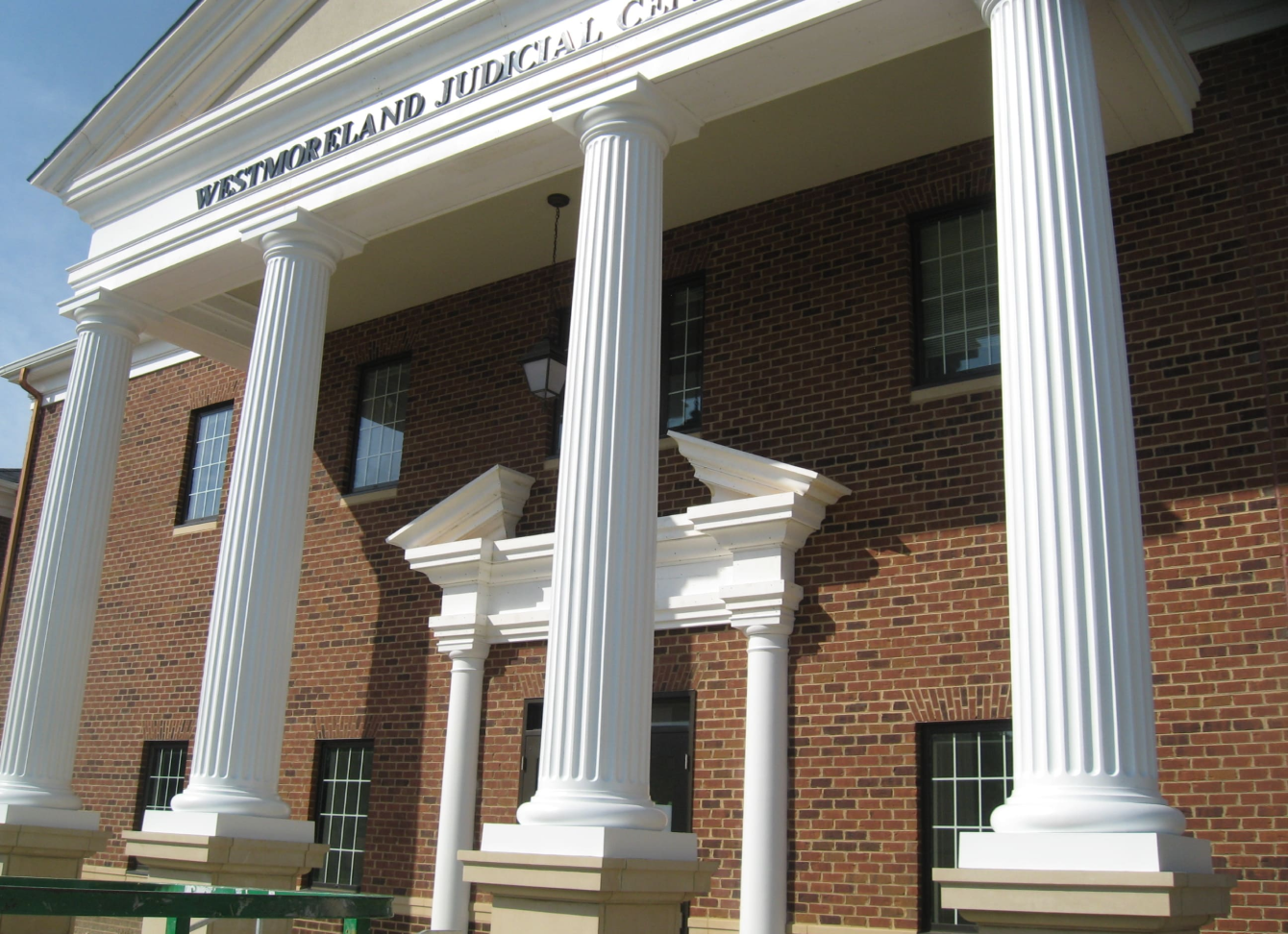While brackets and corbels aren’t as common on houses built after the 1940s, they can be a great way to add visual interest to your home. A bracket is an architectural feature that projects at an angle from a wall to support what rests above it. It can also be decorative. A corbel is a type of bracket that tends to be pretty wide. Both resemble an upside-down letter “L” or a triangle. Adding them to your home can add a touch of history or introduce modern sophistication.
Architectural Styles
Brackets and corbels have been used on a number of architectural styles and were especially popular on homes built in the 19th century in the United States. They have traditionally been found on Victorian, Second Empire, Tudor-style, Renaissance Revival, Gothic Revival, Italianate, Mission, and Craftsman homes and buildings. Their shapes and decorative carvings can be geometric with straight lines or could have scrolls and curves. They are sometimes decorated with carved flowers or leaves. Further in the past, stone corbels appeared on Medieval European and British castles. They also appeared on classical buildings and Hindu temples. Dougongs are a type of bracket used on traditional Chinese buildings.
Where to Use
Indoors, brackets from Worthington Millworks can be added in kitchens below or above cabinets, under countertops, or beneath kitchen hoods. They can also add visual interest beneath shelves or fireplace mantels. Brackets can be incorporated into trim work, arches, and doorway openings. Using multiple brackets and repeating the installation pattern creates a unified look in the room. Outside a home or building, brackets and corbels can appear beneath entryways, balconies, eaves of the roof, window ledges, garage doors, pergolas, and on porches. In additional to the architectural uses, there are plenty of creative uses for brackets in the home, including using them to hold a curtain rod, as a sconce, under a tabletop, or as a wall hanging.
Long-lasting Material
Brackets from Worthington Millworks are made from lightweight, high-density urethane, either polyurethane or coral stone polyurethane. This durable polymer resists weather damage and insects and lasts forever, requiring very little maintenance. Textures range from smooth, to wood, to stone. The brackets come primed in white and ready to be painted to match or complement your home. The Rustic “Wood Look” Collection, with a rougher texture, is available in five different stain colors plus white and unfinished, which can be stained. The material doesn’t rot, warp, crack, absorb moisture, decompose, or harm the ozone. They even have a lifetime warranty and are all made in America. They’re also easy to install using adhesive caulk and optional finishing nails.
What Size to Buy
When choosing a bracket or corbel, first measure the length, width, and depth of the available space where it will be installed. If you plan to attach a bracket to a pillar, doorway, or beam, be sure to match the width of the bracket to the width of the space it will be attached to. For a countertop, the bracket should be one-half to three-quarters the depth of the overhang. Brackets under a stove hood are generally at least 12 inches deep. While urethane brackets are decorative, they should have good proportions and give the appearance of being supportive. Brackets from Worthington Millworks come in a variety of size options, from a few inches up to three feet.
Worthington Millworks offers bracket and corbel styles to fit your taste, from geometric to rustic to classical. We’re also able to customize our brackets to fit your needs. For more information on brackets or corbels, contact us at Worthington Millwork – American Made Architectural Products.


